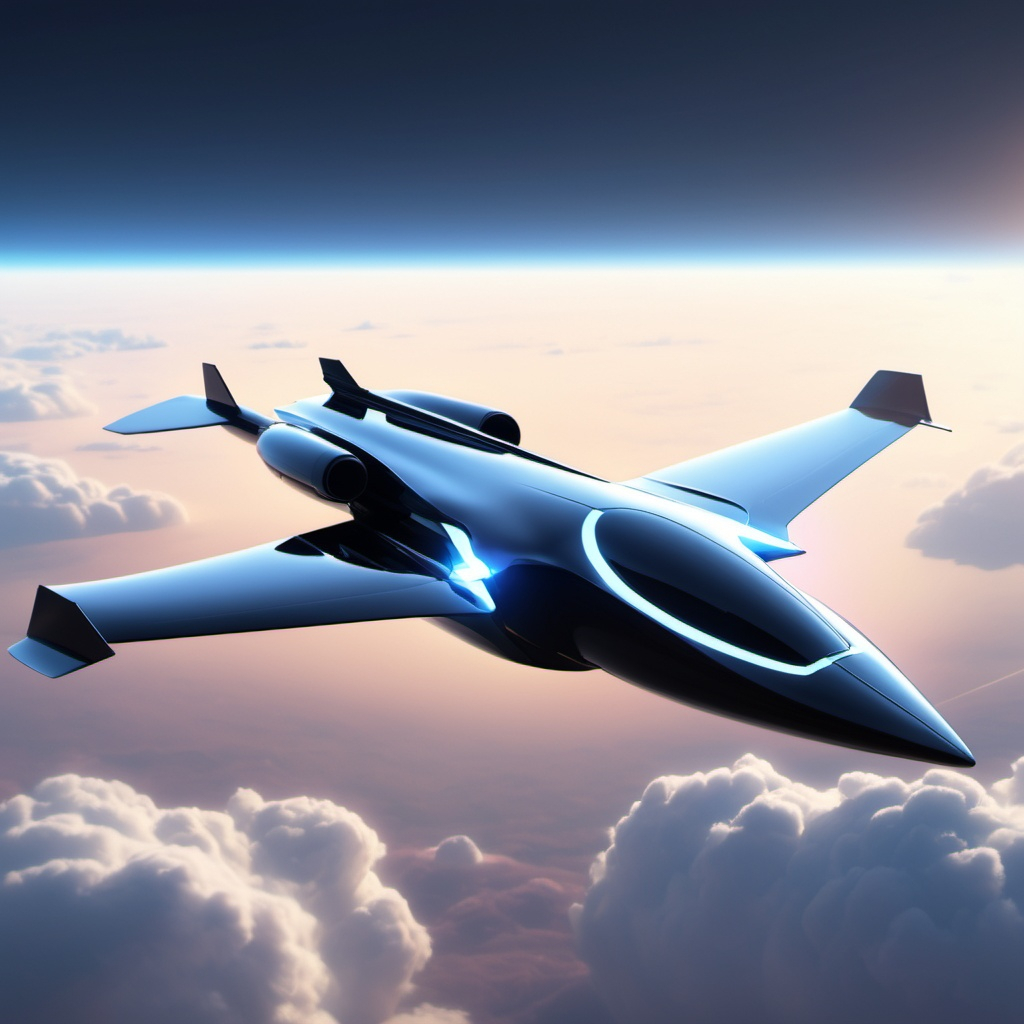The concept of faster-than-light (FTL) travel, popularized by science fiction, captivates the imagination with visions of exploring distant star systems in mere moments. However, the harsh reality grounded in the laws of physics presents significant barriers to achieving such feats. NASA, despite its pioneering efforts in space exploration and advanced propulsion research, has not developed an engine that can travel faster than light. This article explores the scientific and technological challenges that prevent faster-than-light travel and discusses the ongoing efforts in theoretical physics and propulsion technology.

The Speed of Light: A Fundamental Limit
The speed of light in a vacuum, approximately 299,792 kilometers per second (about 186,282 miles per second), is a fundamental constant in physics, denoted by the symbol c. According to Albert Einstein’s theory of relativity, as an object approaches the speed of light, its mass increases asymptotically, requiring infinite energy to reach or exceed this speed. This principle establishes the speed of light as an insurmountable barrier for any object with mass.
Special Relativity and the Light-Speed Barrier
Einstein’s theory of special relativity, formulated in 1905, revolutionized our understanding of space and time. One of its key postulates is that the laws of physics are the same for all observers, regardless of their relative motion. This includes the invariance of the speed of light for all observers.
Special relativity introduces several consequences that make FTL travel problematic:
- Time Dilation: As an object moves closer to the speed of light, time slows down for it relative to a stationary observer. This means that time effectively “stops” at the speed of light, creating a paradox for any attempt to surpass this speed.
- Length Contraction: An object in motion contracts along the direction of travel as its speed approaches the speed of light. At light speed, this length theoretically becomes zero, posing insurmountable physical constraints.
Energy Requirements
The energy required to accelerate an object increases exponentially as it nears the speed of light. For any object with mass, achieving light speed would demand infinite energy, an unattainable requirement given the constraints of our universe. Current propulsion systems, such as chemical rockets, ion thrusters, and even more advanced concepts like nuclear propulsion, are vastly insufficient to approach these speeds.
Theoretical Concepts for FTL Travel
Despite these barriers, theoretical physics has proposed several concepts that might allow FTL travel without violating the principles of relativity. These ideas, while intriguing, remain speculative and face significant scientific and engineering challenges.
Warp Drives
The concept of a warp drive, inspired by science fiction series like “Star Trek,” involves bending or “warping” space-time to achieve FTL travel. The most notable theoretical framework for a warp drive is the Alcubierre drive, proposed by physicist Miguel Alcubierre in 1994.
- Alcubierre Drive: This theoretical model suggests creating a “warp bubble” that contracts space-time in front of a spacecraft and expands it behind, effectively allowing the spacecraft to move faster than light relative to distant observers. However, this requires exotic matter with negative energy density, a form of matter that has not been observed or proven to exist. Additionally, the energy requirements, even with optimistic assumptions, are currently beyond our technological capabilities.
Wormholes
Another speculative concept is the use of wormholes, hypothetical tunnels through space-time that could connect distant points in the universe.
- Einstein-Rosen Bridges: Wormholes, also known as Einstein-Rosen bridges, are solutions to the equations of general relativity. While they theoretically allow instant travel between distant points, maintaining a stable and traversable wormhole would require exotic matter with negative energy to keep the tunnel open. The existence and stability of such matter remain purely theoretical.
Tachyons
Tachyons are hypothetical particles that travel faster than light. Introduced in the context of special relativity, tachyons have imaginary mass and would violate causality, leading to paradoxes where effects precede causes.
- Causality Violations: The existence of tachyons would undermine the causal structure of space-time, leading to inconsistencies and paradoxes that challenge our fundamental understanding of the universe. No experimental evidence for tachyons exists, and their hypothetical properties remain a topic of debate among physicists.
NASA’s Research and Technological Challenges
NASA, alongside other space agencies and research institutions, has explored various advanced propulsion concepts that push the boundaries of current technology. While none promise FTL travel, they aim to significantly reduce travel times within the solar system and beyond.
Advanced Propulsion Concepts
- Ion Thrusters: NASA’s Dawn mission utilized ion propulsion, which provides high efficiency and continuous thrust over long durations. While not capable of FTL travel, ion thrusters represent a significant advancement over traditional chemical rockets.
- Nuclear Propulsion: Concepts like nuclear thermal propulsion (NTP) and nuclear electric propulsion (NEP) offer higher specific impulse and efficiency, potentially enabling faster travel to Mars and other distant destinations.
- Solar Sails: Utilizing the pressure of sunlight, solar sails could provide a continuous and propellant-free means of propulsion. NASA’s Near-Earth Asteroid Scout (NEA Scout) mission aims to demonstrate this technology.
Theoretical and Experimental Efforts
NASA’s Innovative Advanced Concepts (NIAC) program funds early-stage studies of revolutionary ideas, including theoretical research on warp drives and space-time manipulation. These efforts, while highly speculative, contribute to our understanding of the fundamental physics involved and keep the door open for future breakthroughs.
Conclusion: The Road Ahead
The dream of faster-than-light travel remains firmly in the realm of science fiction, constrained by the current understanding of physics and technological limitations. NASA’s focus on advanced propulsion systems and theoretical research reflects a commitment to pushing the boundaries of what is possible, even if FTL travel remains elusive.
While the speed of light stands as a fundamental limit, humanity’s quest for exploration drives us to continually seek new frontiers and innovative solutions. As our knowledge of the universe expands, so too does our capacity to envision and eventually achieve new modes of space travel. Until then, the pursuit of faster, more efficient propulsion technologies will continue to propel our journey into the cosmos.




